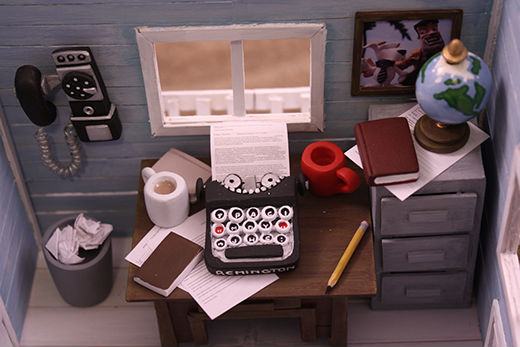
I recommend turning the bulb away from where you are working to diffuse it, or partially cover it with tin-foil. If it’s too bright, it may flash your paper. You want the light to be as dim as it can be while still allowing you to see the detail of your prints.

The color temperature is important, but so is the overall brightness. A red or amber safe-light marketed to photographers will also work. I use a basic cliplight from the hardware store with a red compact fluorescent (CFL) “party” bulb.
Darkroom suplies crack#
You also will want to eliminate the light leaks from around the bathroom door, especially the crack underneath. Gaffers tape is a great removable option for securing fabric while not damaging the wall itself. If your bathroom has a window, you will need to cover it with a dense fabric that will eliminate most of the light.

For this project, we will work with ortho-chromatic photo paper that is designed to be used in dim red-to-amber light. Only certain kinds of very light-sensitive materials, like color photo paper or black and white film, require total darkness. There are a couple important ideas to understand before we start talking about the nitty-gritty.įirst: your home darkroom does not have to be totally dark.
Darkroom suplies how to#
Since many of us are adapting to working from home, without the tools we normally work with, the spirit of resourcefulness I learned from early photography has inspired this post about how to retrofit your bathroom to create experimental photographic prints at home using common photographic supplies that you can buy online. This accessible approach to photography was something I carried with me as I moved forward in time, learning traditional darkroom processes with modern film and paper. One of my very first darkrooms was built into a large cardboard box.
Darkroom suplies portable#
Early photography made the science of image-making – a chemical reaction with light – into a DIY process that could happen at home in a make-shift lab, or in a portable darkroom that could be carried with you up a mountain, or wherever you went to make images. I went straight back to the beginning of photographic technology, to the Wet Plate Collodion process.

Ten years ago when I started to learn photography, I skipped over digital, and even analog film.


 0 kommentar(er)
0 kommentar(er)
